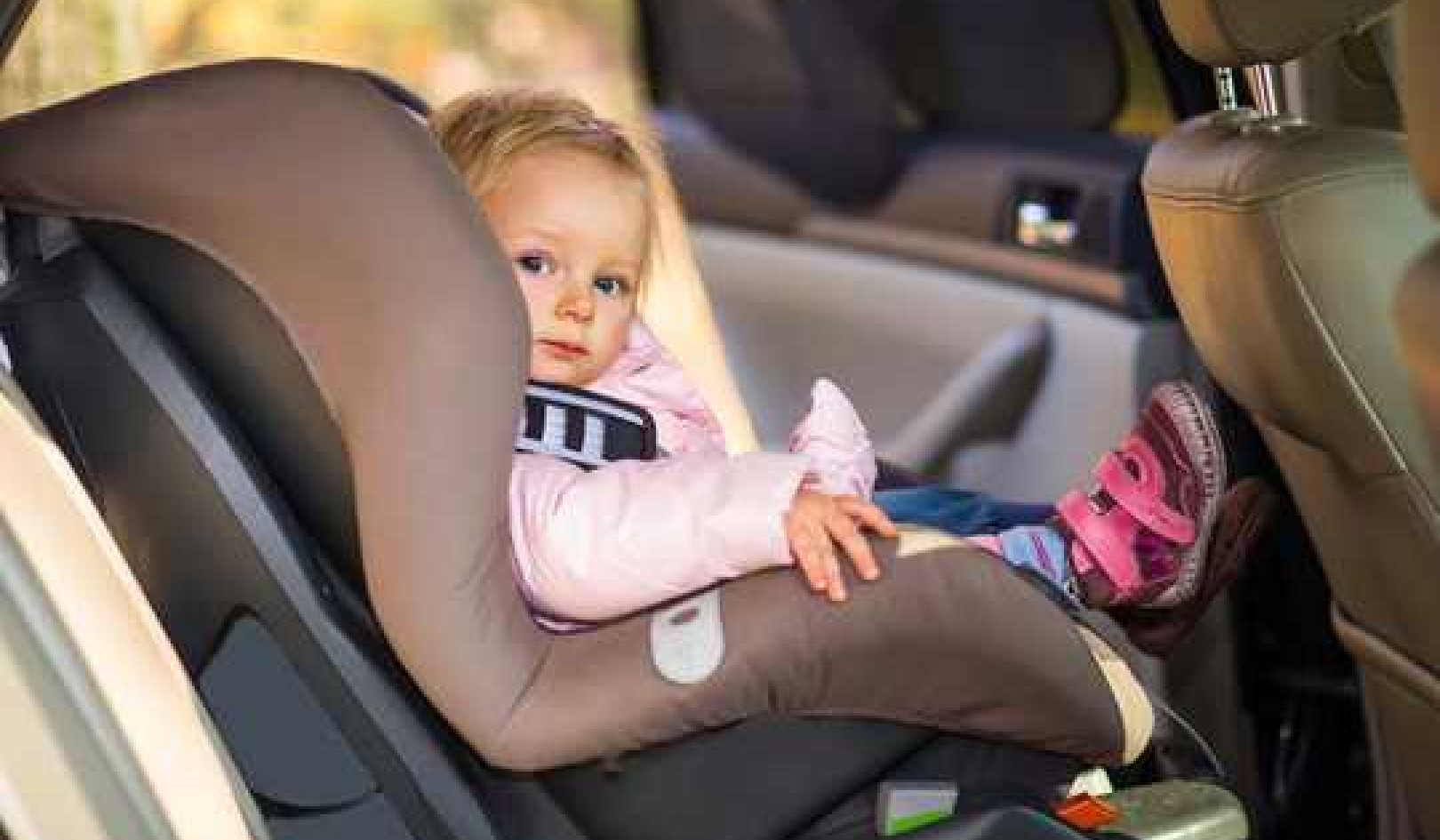
These days, the idea of the hard-working, emotionally distant and frequently absent father figure seems like a caricature from the past. During the past few decades, the discussion has moved beyond the father as only the breadwinner to encompass other styles of fathering variously described as “new”, “involved”, “active” or “engaged” fathers.
These changes are due in part to the influx of women to the workforce and the rise of dual-earner families. But there has also been a shift in expectations that a “good” father plays an active role in the family in terms of sharing the responsibilities of caring and decision-making. The beneficial effects of good fathering on children’s welfare are well-established.
But despite this change, there is evidence that the image of the traditional nurturing mother as the primary caregiver is still commonplace throughout all aspects of parenting education and literature. In fact work-family policies continue to reflect the gendered binary of caregiving women and working men.
In recent years, more attention has been paid to practical ways in which to support fathers. For example, paid paternity leave of two weeks was introduced in the UK in April 2003. In April 2015, this was enhanced with the introduction of shared parental leave, which means that when the mother ends her maternity leave and returns to work, the remaining period of up to 52 weeks can be used by the father or other partner.
In practice, reports suggest that the take-up of shared parental leave by fathers or other partners has been very low, for reasons ranging from a lack of awareness of the scheme to the fact that for many families it is not affordable for earning fathers to take up the time off available and receive only £140.98 a week statutory shared parental pay.
The costs of parenting
The fact is that the UK is considerably behind some other countries with respect to father-friendly policies – both Sweden and Norway have maternal and paternal quotas, a shared leave period and high rates of statutory parental pay.
Given its recent introduction there is little research on shared leave in the UK. What has been identified is the growth of competing models of masculinity and what it means to be a man today – and how they intersect with the responsibilities of caring.
One way that we can examine this is to study fathers who take on the primary caregiving role in their families. These “stay-at-home dads” were something of a rarity until the global recession ten years ago – or “mancession” as some called it – where redundancies meant that more men took on the role of full-time parent in their families. The UK Office for National Statistics reported in 2016 that 225,000 UK fathers were “economically inactive” due to family responsibilities.
Making sense of stay-at-home masculinity
There has been some limited research on stay-at-home dads. Beginning with the work of Andrea Doucet in Canada, this line of research has been taken up by researchers in the UK. I have examined the way these fathers are represented in the media and gathered accounts from the fathers themselves. What becomes apparent is that masculinity and markers of masculinity are bound up in the way stay-at-home fathers are represented in the media.
For example, to explain the role of stay-at-home dads some writers invoke different models of masculinity, while others offer cautionary tales and others still put across the idea that such fathers had not taken on the role through choice, but had it thrust upon them.
In contrast to such negative accounts, what became apparent when speaking to stay-at-home dads is that a desire to care for their children on a full-time basis became a large part of their identities. This led them to experience less of a conceptual struggle when trying to process and integrate their role as caregivers with a traditional sense of masculinity. This fits with contemporary research which suggests that there are many competing ideas of masculinity at play, rather than a single hegemonic masculine ideal most commonly represented in the stereotypical hard-working, bread-winning father. We see this more widely in the ways that fathers combine caregiving with paid work.
While we can see that fathers are more open about their need to be involved and care for their children, those that choose to do it on a full-time basis remain a rarity. Reports such as the study which claimed to find that men “with smaller testicles were more likely to be involved with nappy changing, feeding and bath time” indicates that society’s preoccupation with masculinity and caregiving still has some way to go.
About The Author
Abigail Locke, Professor in Psychology, University of Bradford
This article was originally published on The Conversation. Read the original article.
Related Books:
at InnerSelf Market and Amazon

























